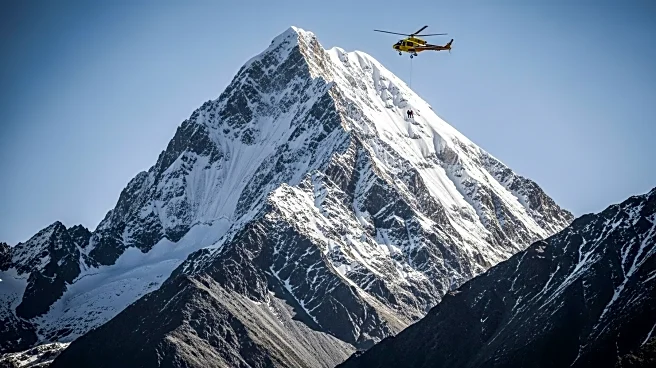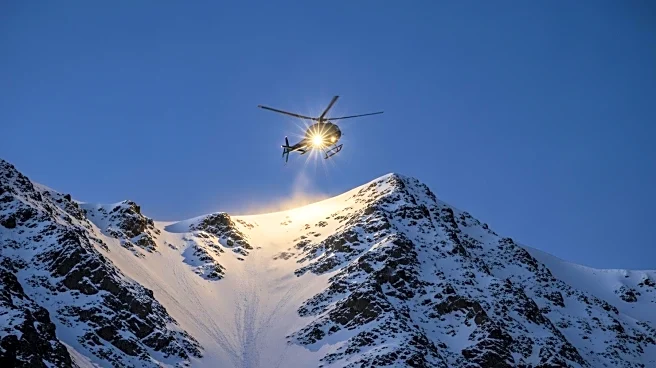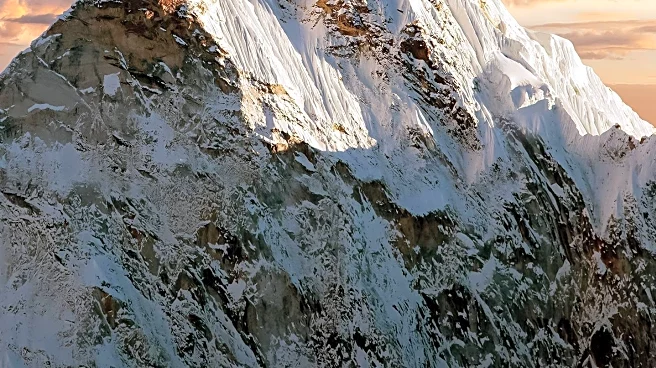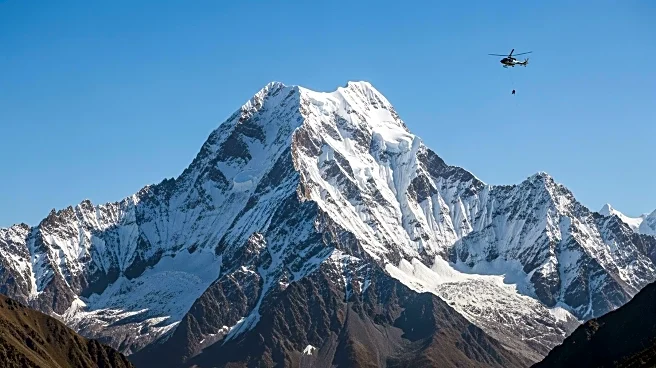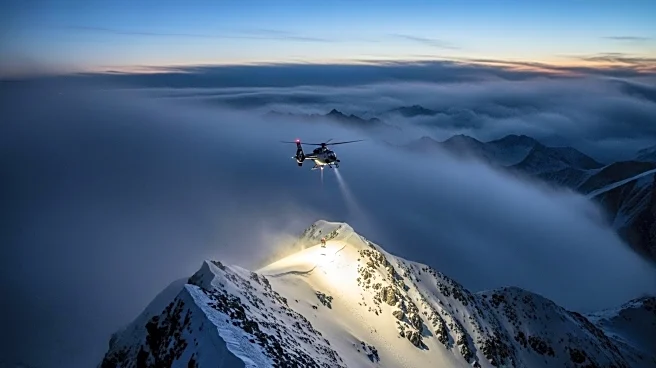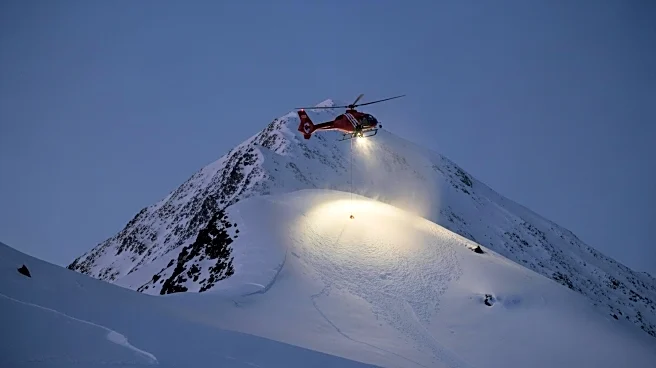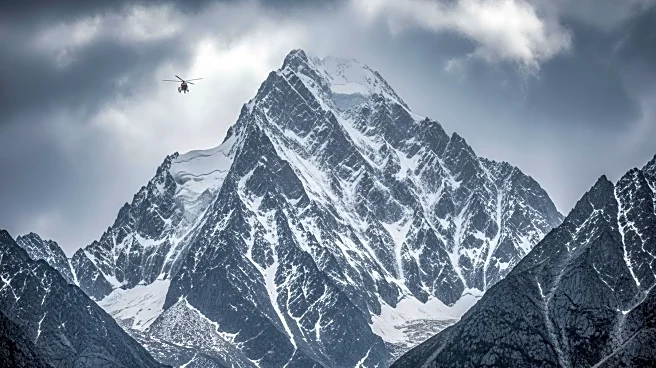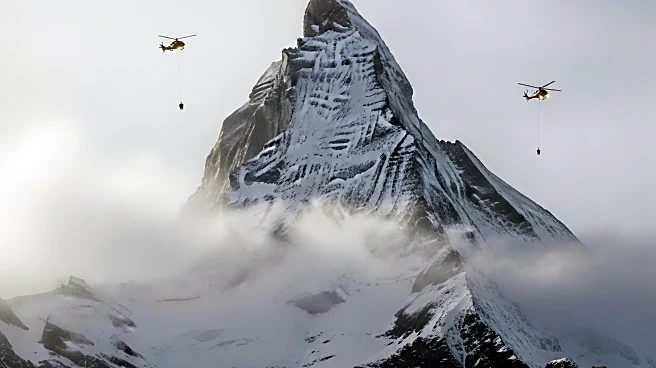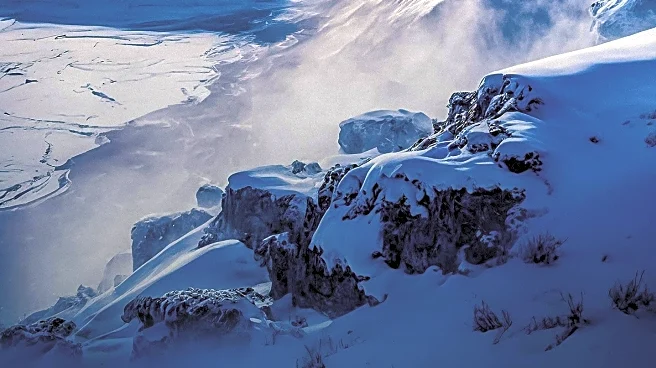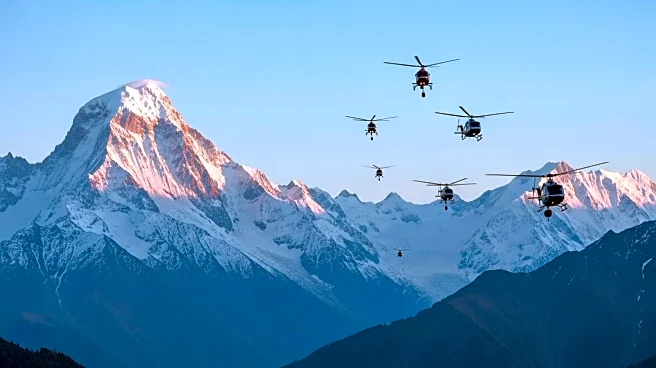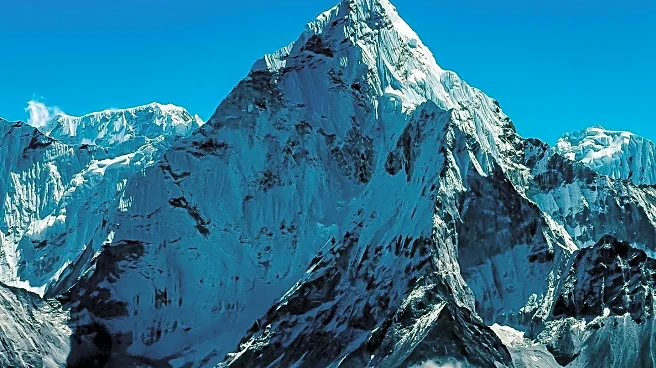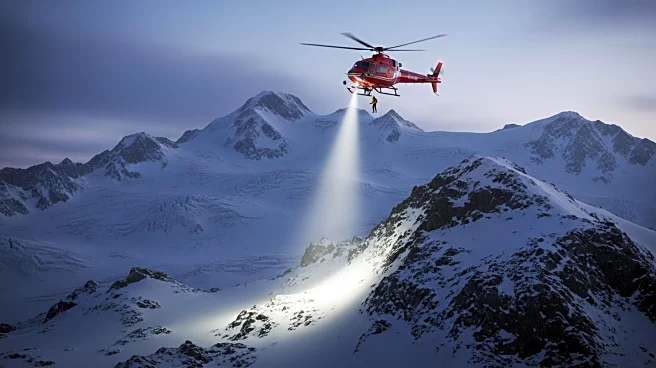What is the story about?
What's Happening?
A massive rescue operation on Mount Everest has successfully saved 880 hikers and guides who were stranded due to a severe blizzard. The storm hit the Chinese side of the mountain, trapping nearly 900 individuals at altitudes exceeding 16,000 feet. Rescue teams, including Tibetan firefighters, utilized horses and drones to locate and assist those affected. The operation, which spanned several days, provided essential supplies such as heating, food, medicine, and oxygen to those rescued.
Why It's Important?
The successful rescue operation highlights the challenges and risks associated with high-altitude expeditions, particularly in extreme weather conditions. It underscores the importance of preparedness and coordination in emergency situations. The incident may prompt changes in safety protocols and regulations for mountain expeditions, impacting tourism and adventure sports industries. The rescue effort also demonstrates the capabilities and resourcefulness of emergency response teams in handling large-scale operations.
What's Next?
Authorities may review and enhance safety measures for future expeditions on Mount Everest, potentially implementing stricter guidelines to prevent similar incidents. The tourism industry may experience shifts in demand as travelers reassess the risks associated with high-altitude adventures. Additionally, the incident could lead to increased collaboration between countries in managing cross-border rescue operations.
Beyond the Headlines
The event raises questions about the environmental impact of tourism on Mount Everest and the sustainability of such activities. It may prompt discussions on balancing adventure tourism with conservation efforts to preserve the natural landscape and ensure the safety of visitors.
AI Generated Content
Do you find this article useful?
